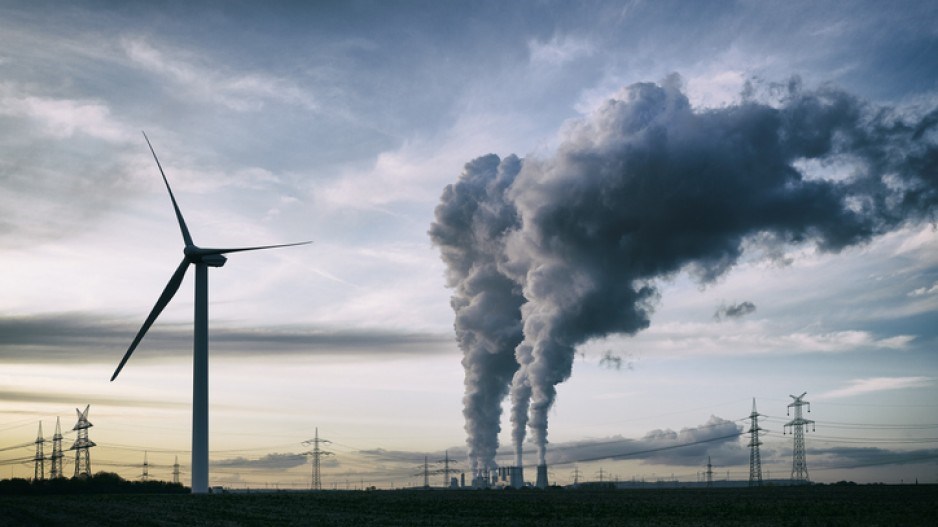In 2015, at the COP21 United Nations Climate Change Conference in Paris, 196 countries agreed to do their part to limit global warming to below 2 C.
COP26 in Glasgow is a critical followup, because that is where countries that signed the Paris Agreement will deliver their pledges to cut emissions.
Canada already has a relatively clean grid, so it does not have as much work to do as many other countries in reducing its use of coal power. Its biggest challenge is its oil and gas sectors.
“We’re still one of the highest emitters in the world,” said Chris Bataille, a Simon Fraser University sustainable energy expert and a contributor to the Intergovernmental Panel on Climate Change’s Working Group 3.
“However, from a point of view of where we stand against our peers, in terms of climate policy right now, we’re probably middle of the pack. We’re behind the EU, as a whole – with some laggards, like Poland – but we’re ahead of the Americans and Australia.”
Since 2010, Canada’s total greenhouse gas (GHG) emissions increased to 730 megatonnes (MT) of CO2 from 703 MT in 2019.
Some of the biggest emissions reduction gains in Canada are likely to come from phasing out coal power by 2030, increasing deployment of carbon capture and storage in the oil and gas sector – mainly in Alberta – methane reduction mandates and electrifying transportation.
Canadian ministers attending COP26 can point to the following targets and policies that Canada didn’t have in 2015:
•new emissions reductions targets of 40% to 45% by 2030;
•national carbon pricing;
•a plan to phase out coal power by 2030;
•a new zero-emission mandate requiring 100% of passenger vehicles sold to be powered by battery or hydrogen fuel cell by 2035;
•a national clean fuel standard to reduce road emissions 13% by 2030;
•a proposed new tax credit to encourage carbon capture;
•a national hydrogen strategy; and
•signing global Methane Pledge to reduce methane emissions by 30% by 2030
The U.S., which recently signed back onto the Paris Agreement, now has higher emissions reductions targets than Canada – 52% below 2005 levels by 2030 – compared with Canada’s 40% to 45%. But the U.S. has no national carbon pricing and no plans to introduce one.




